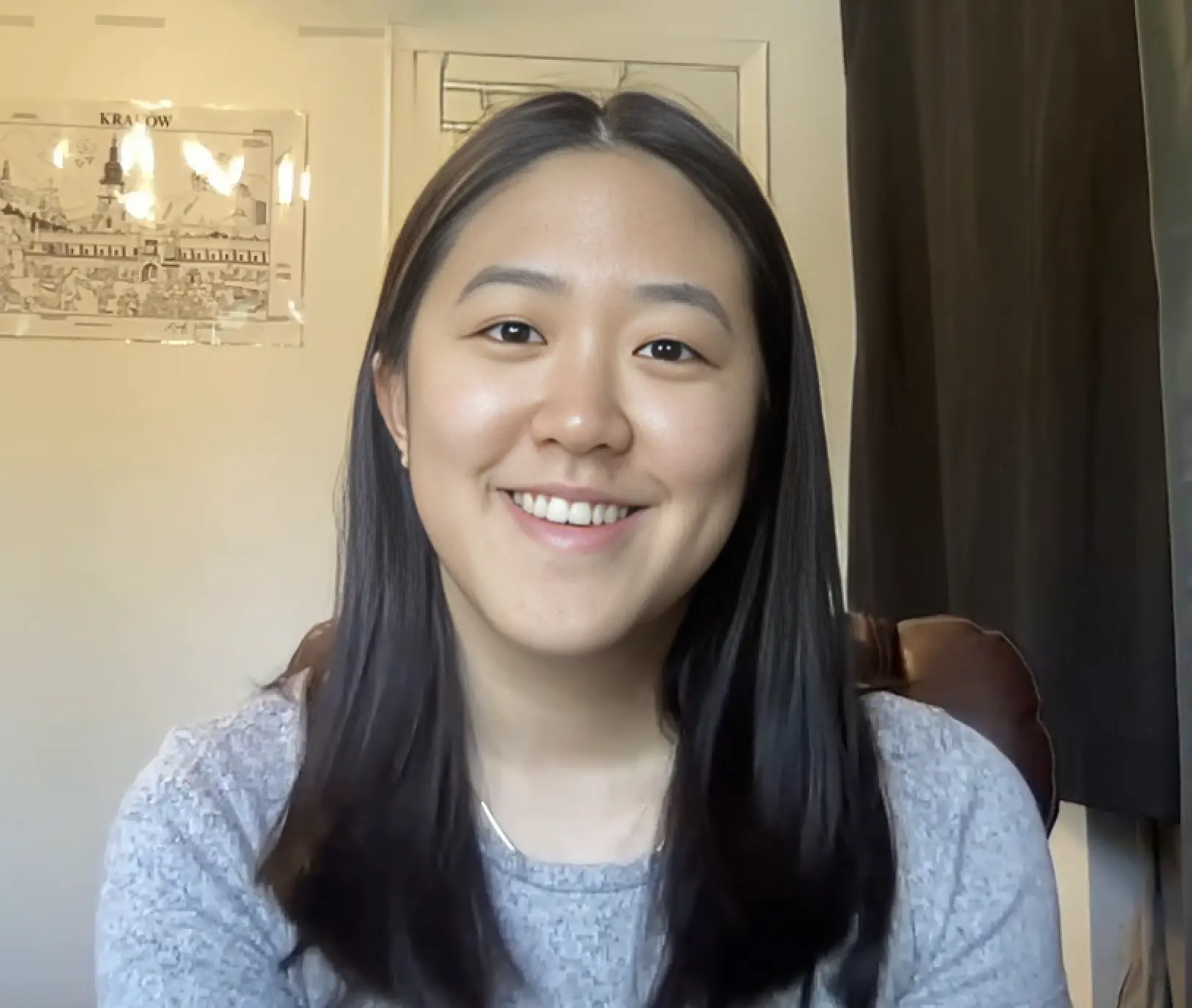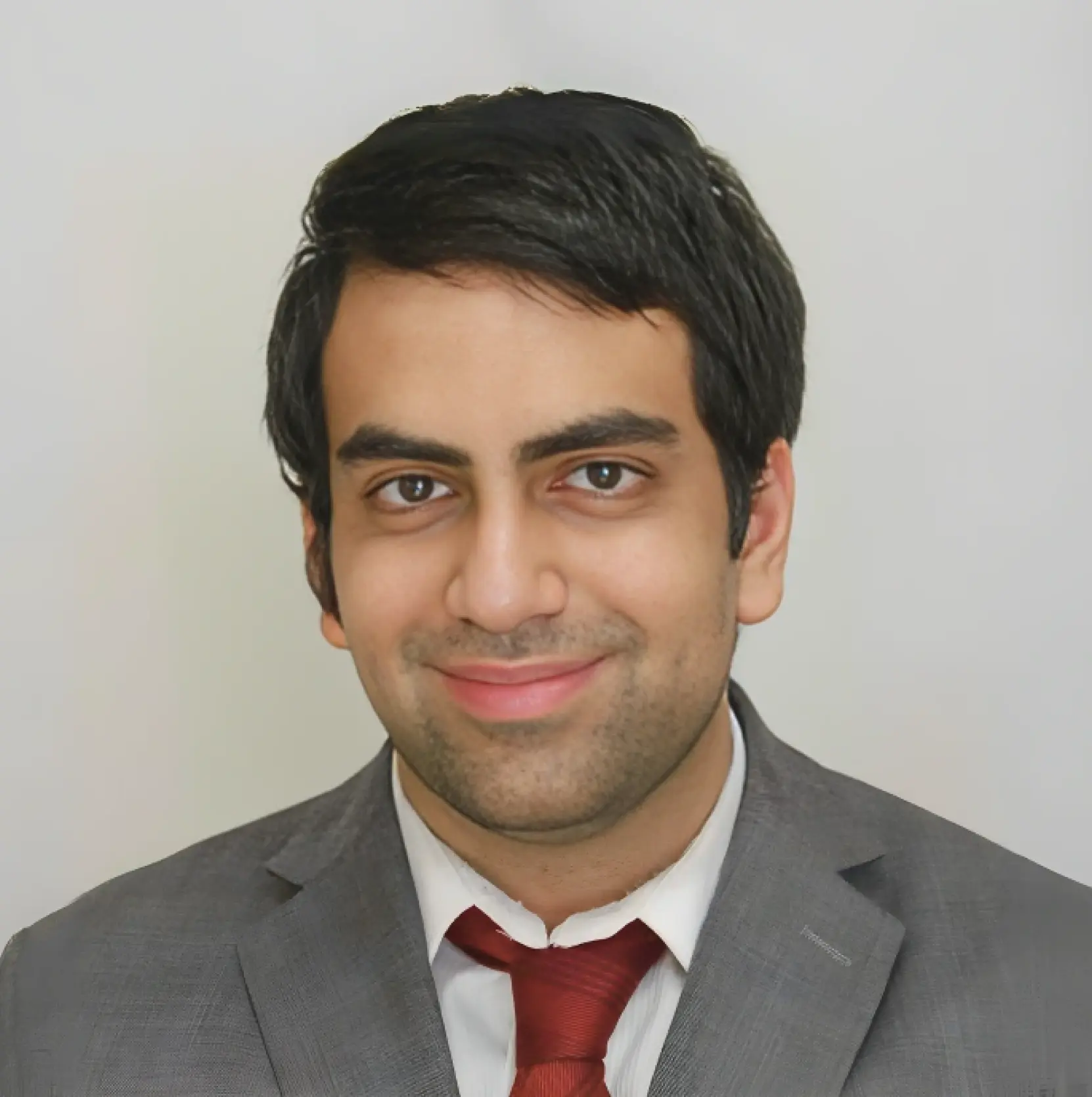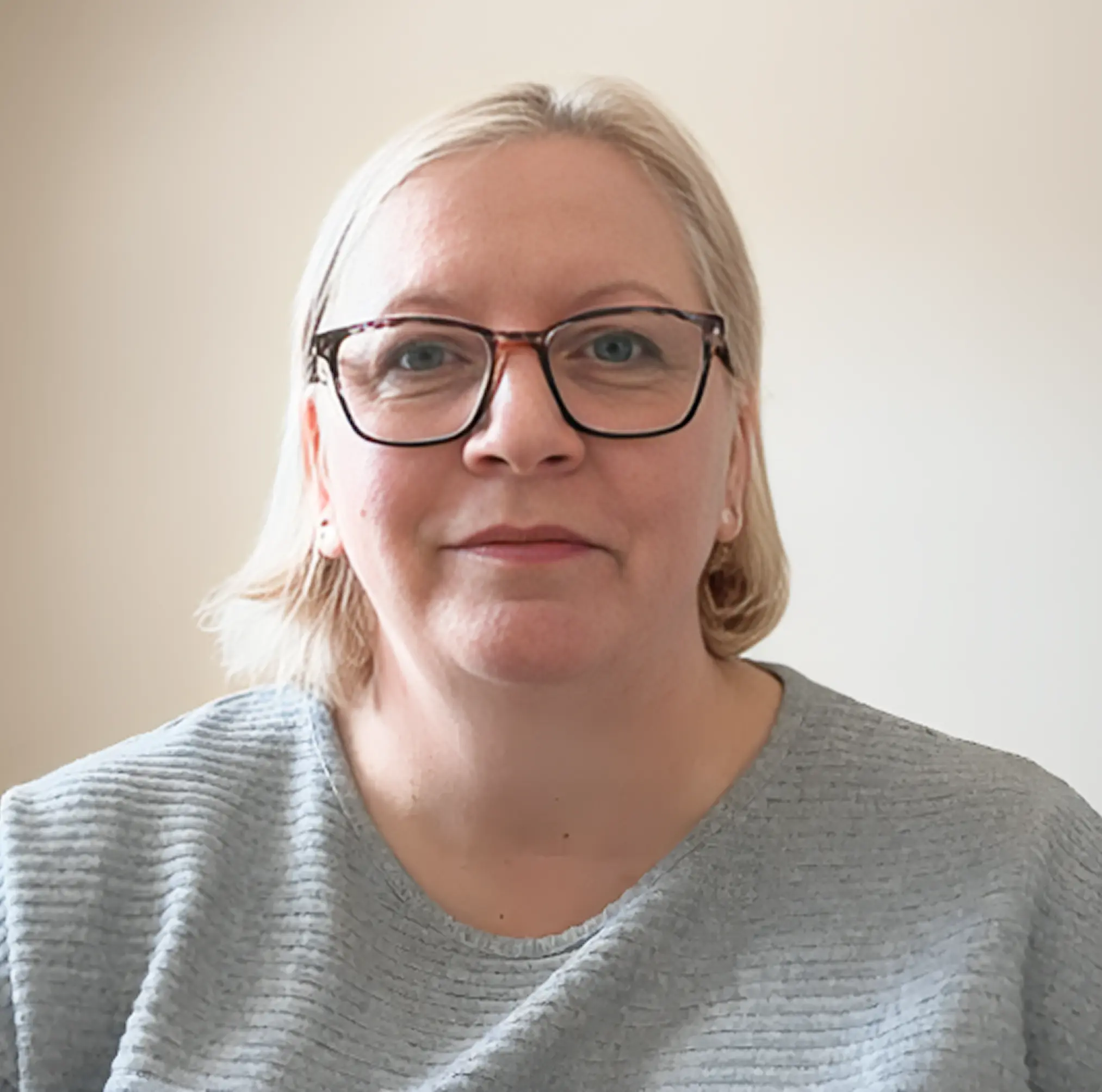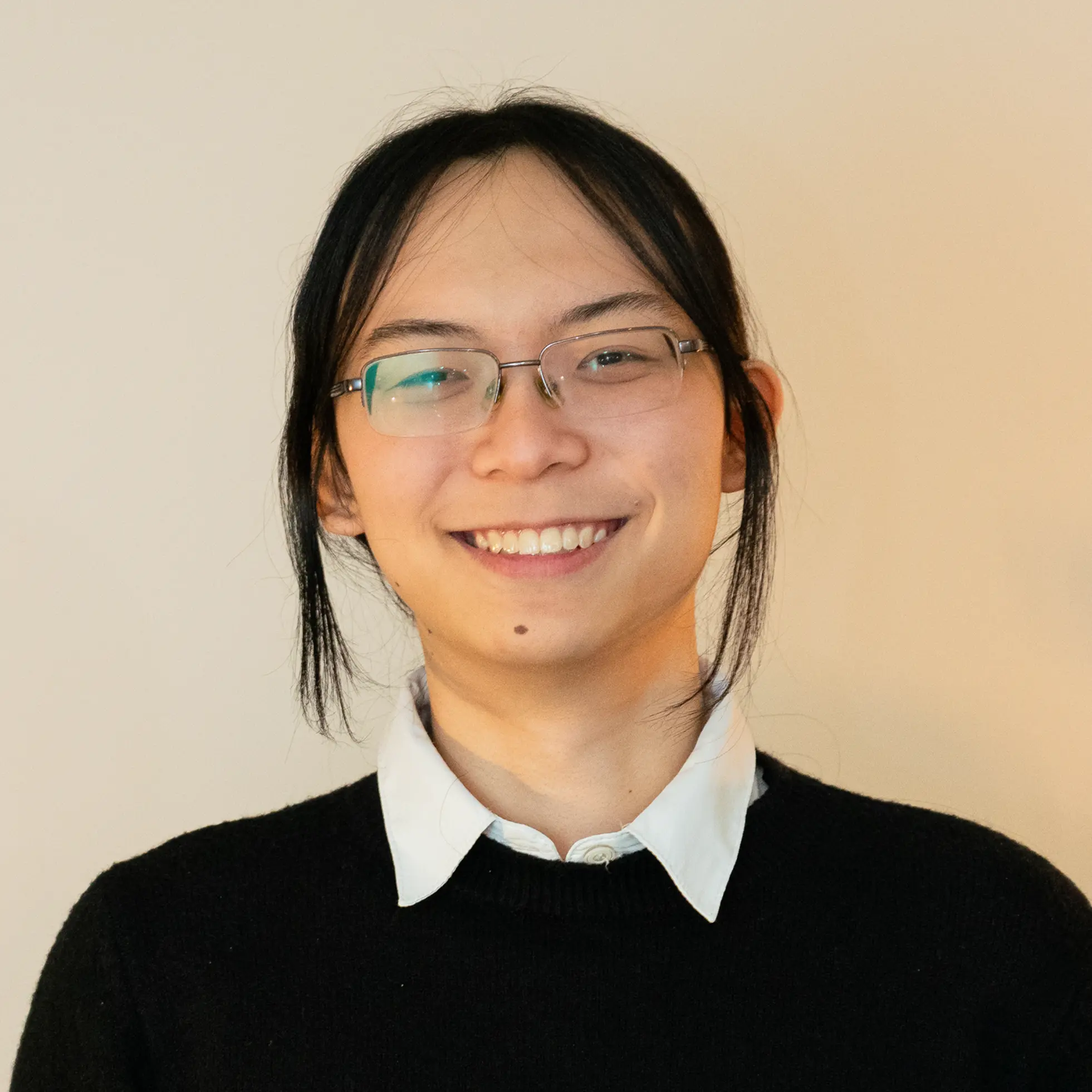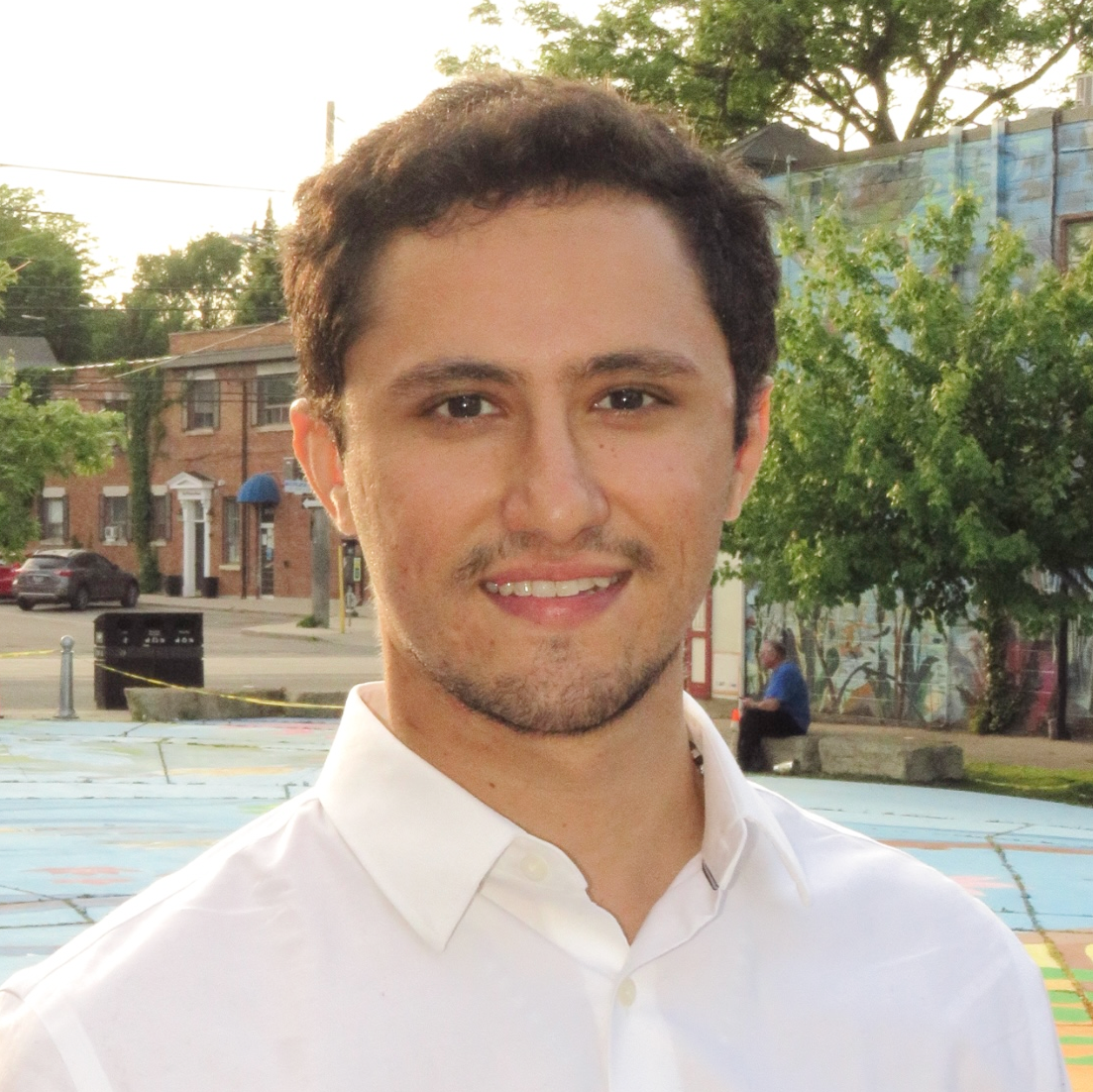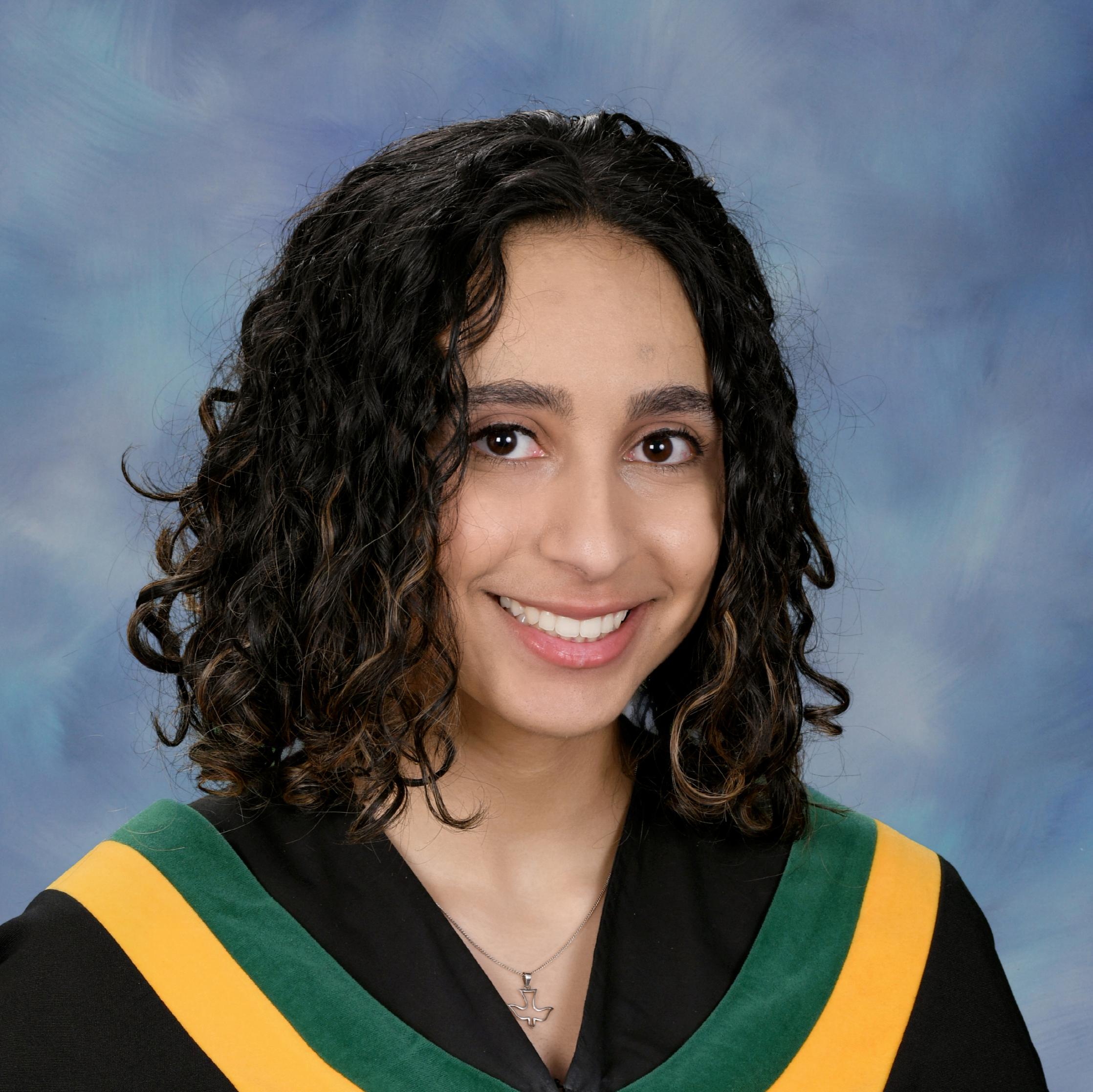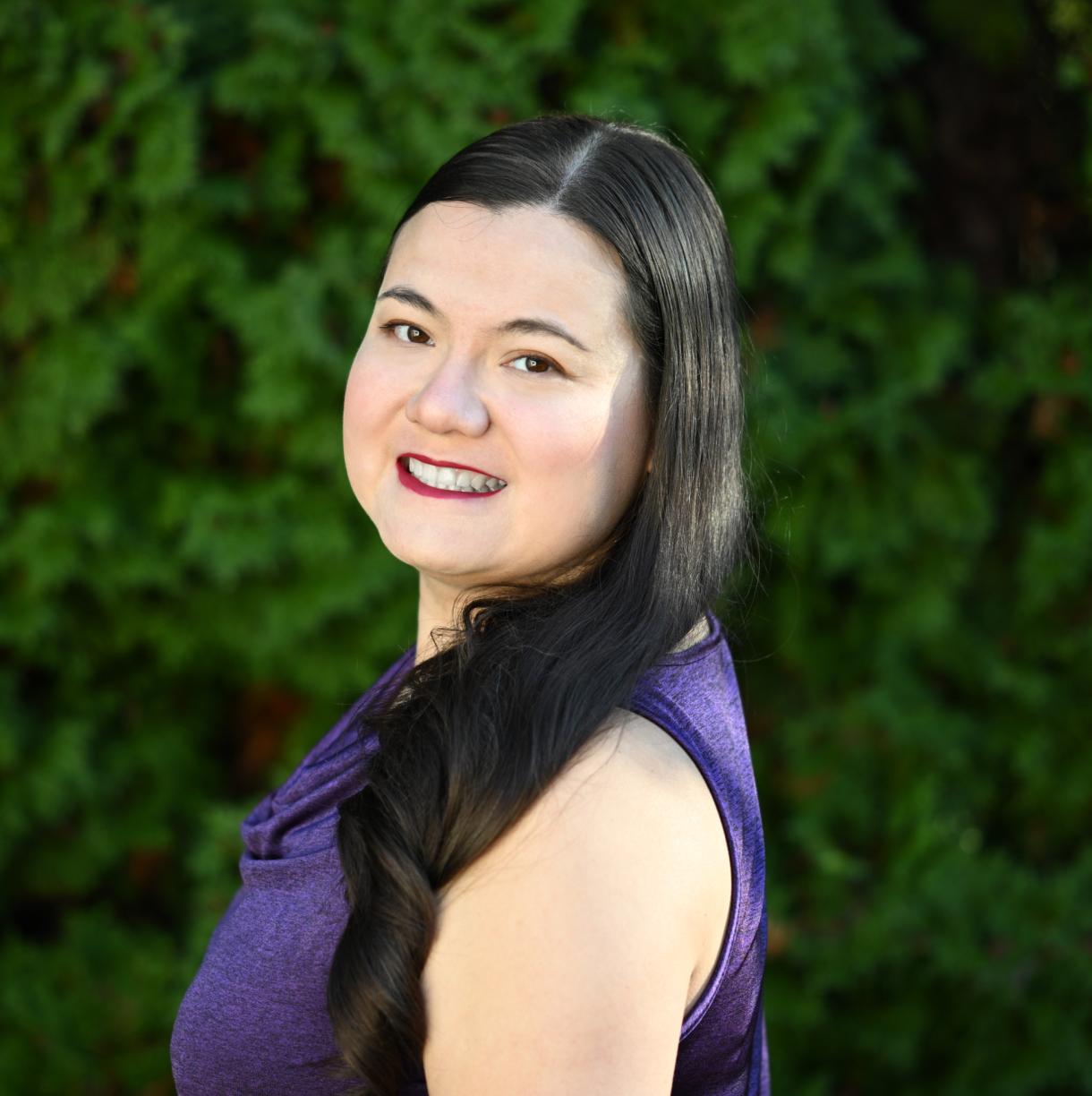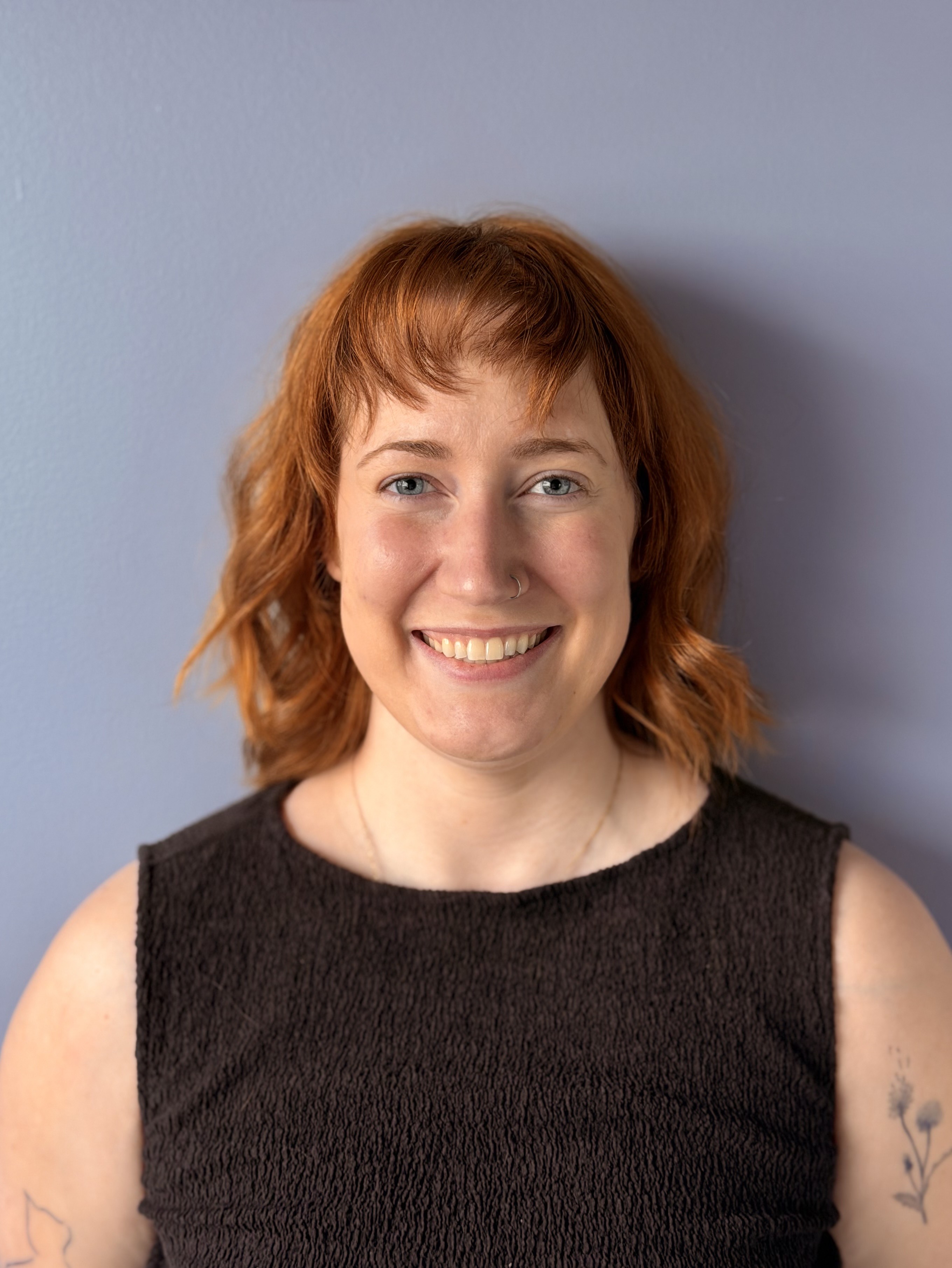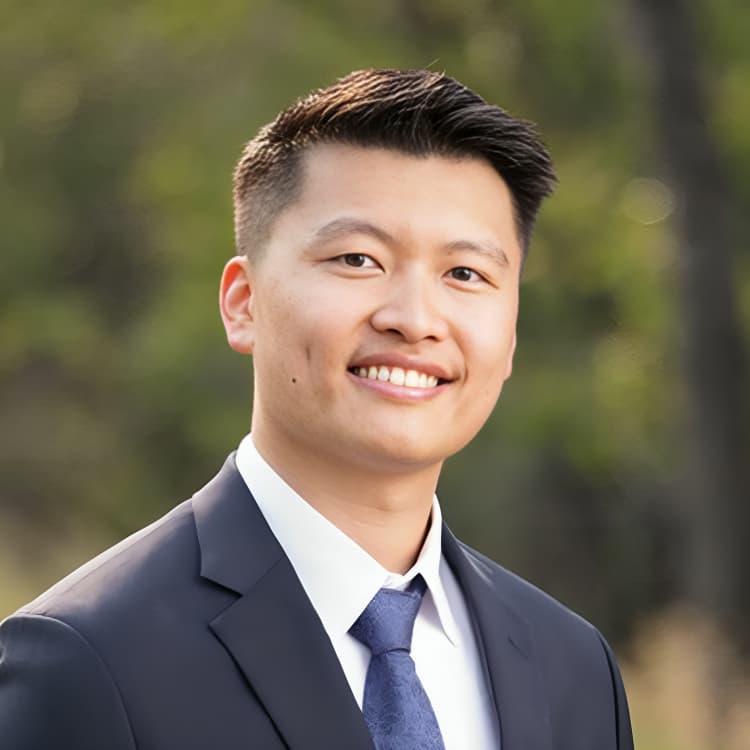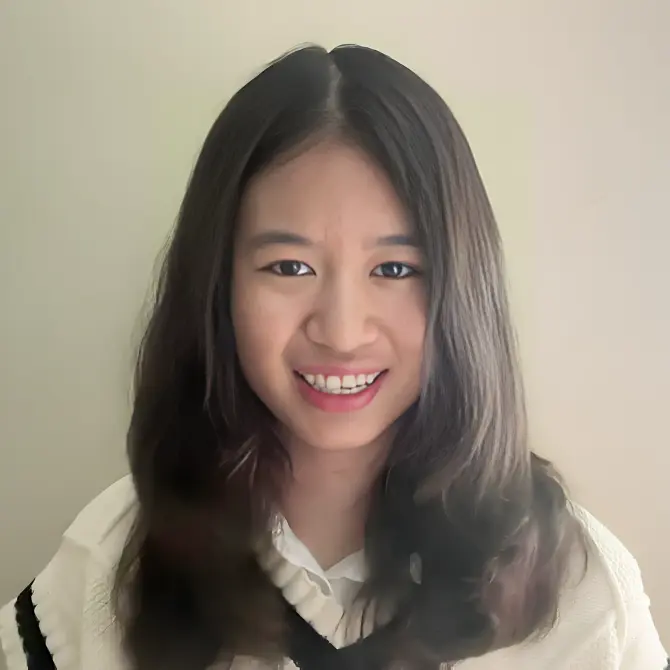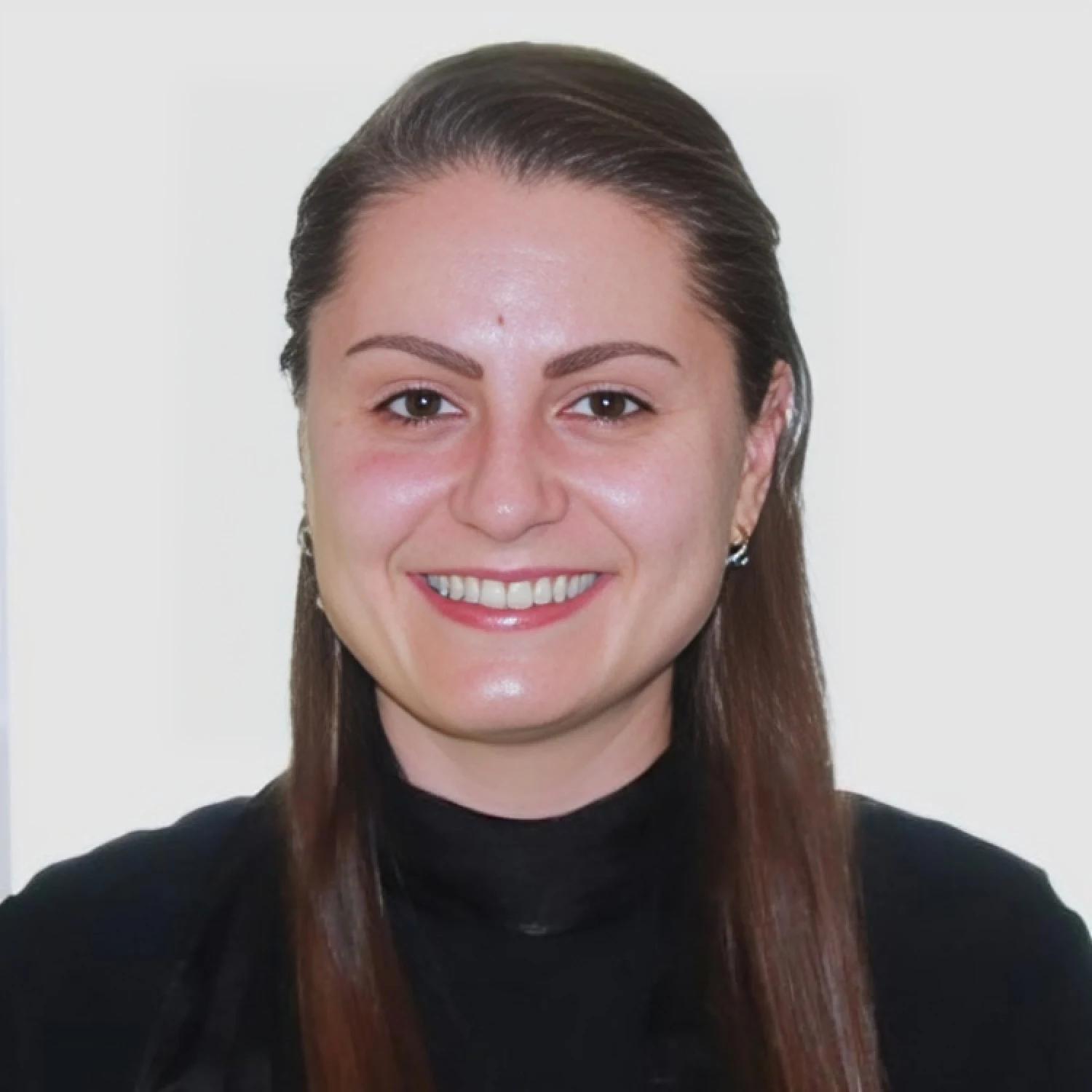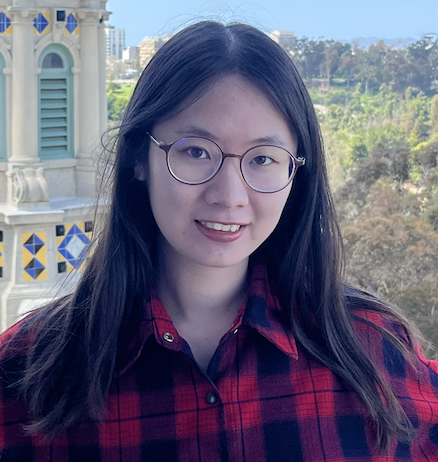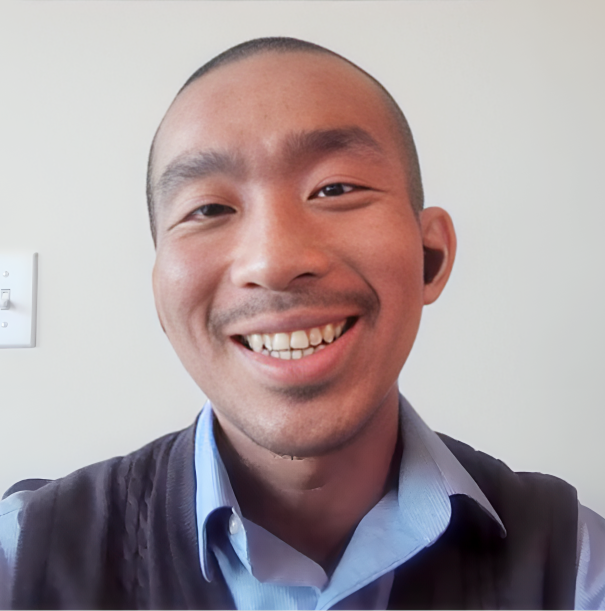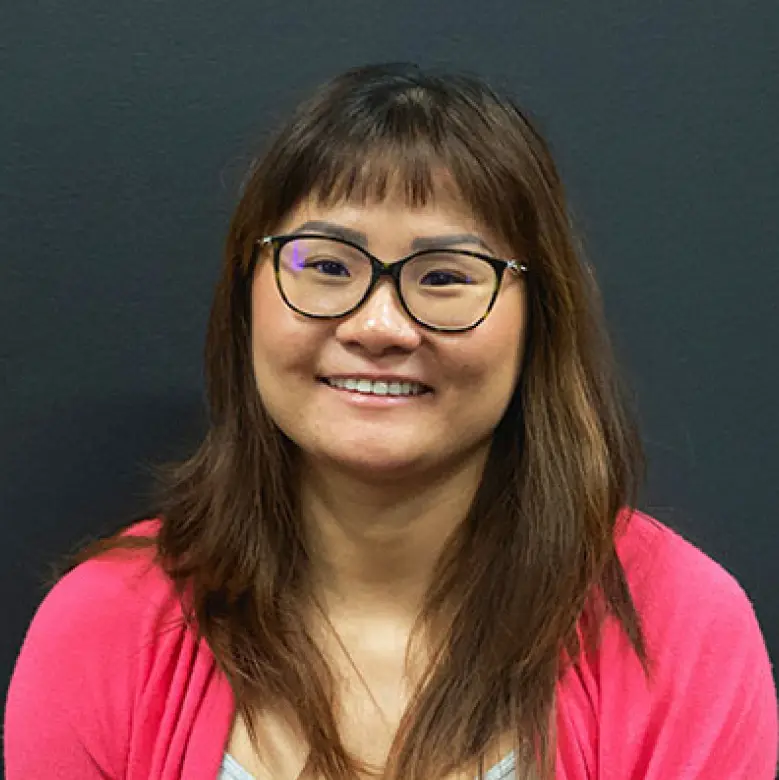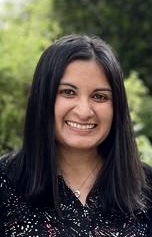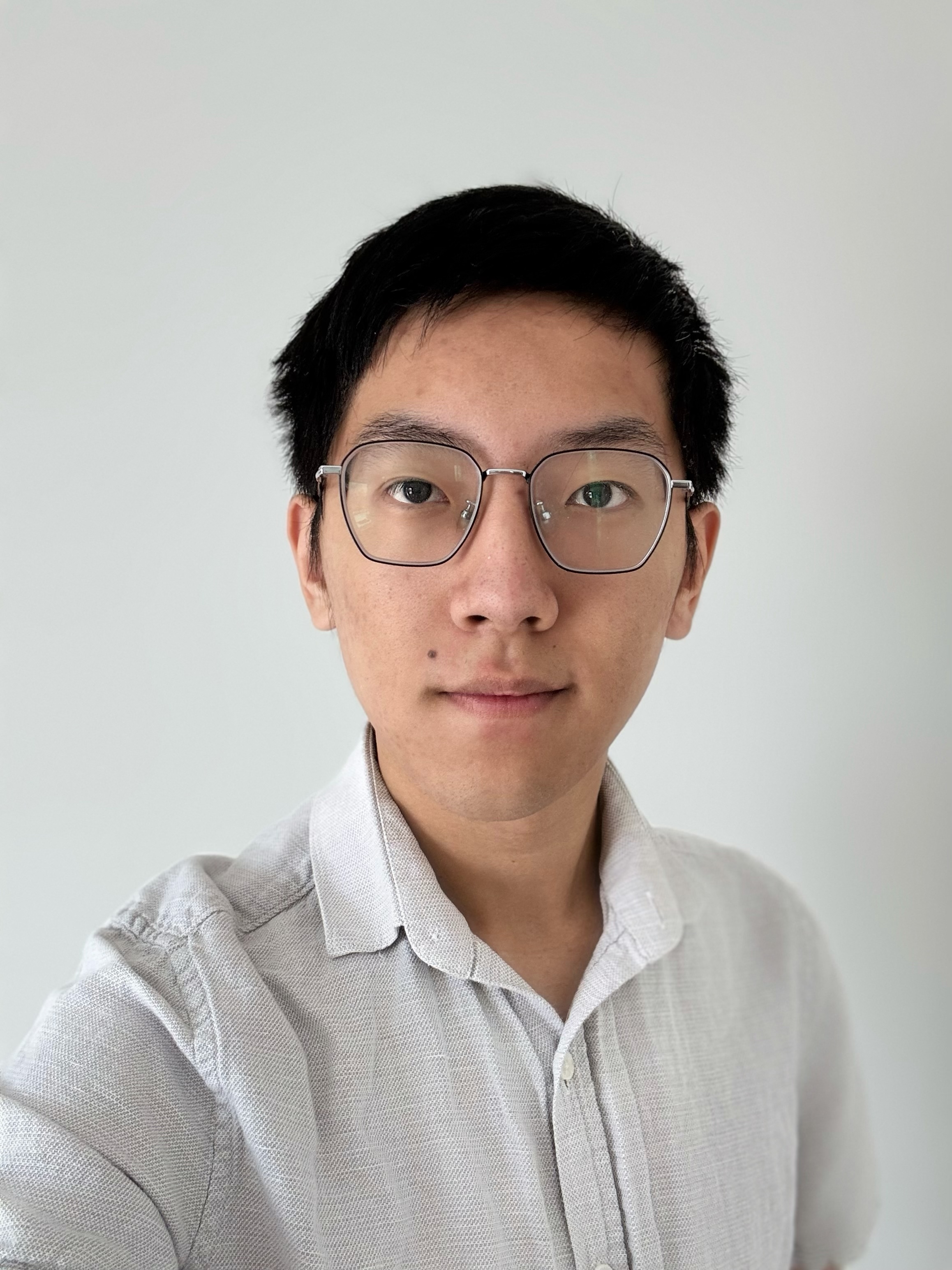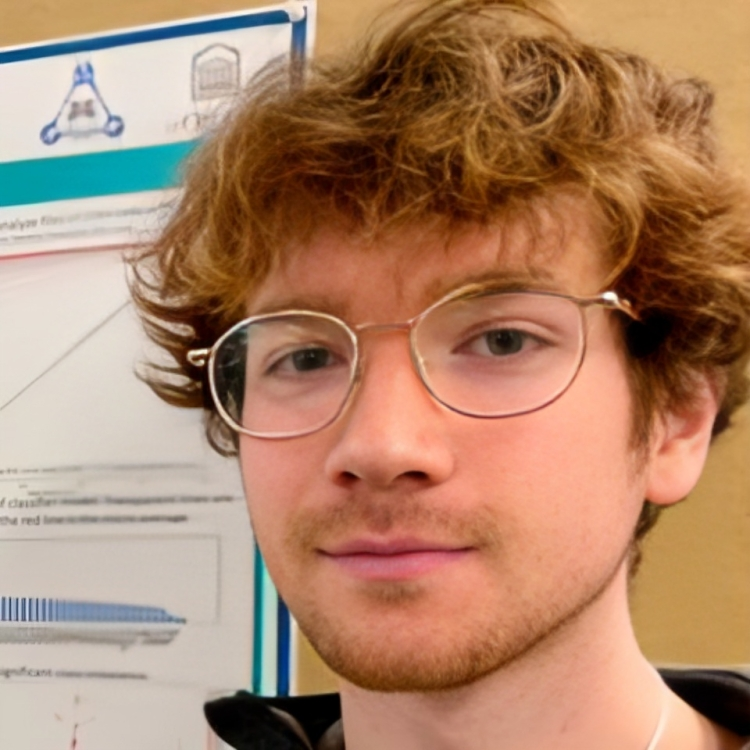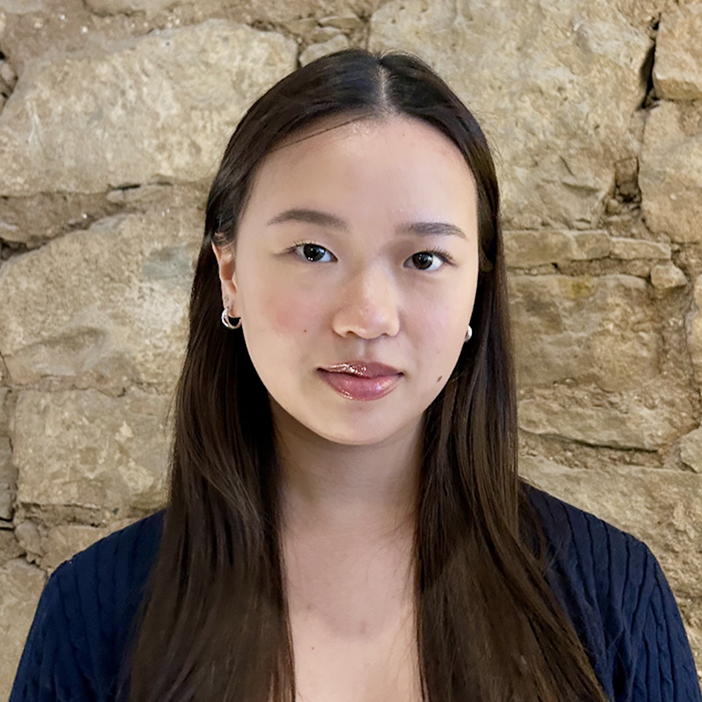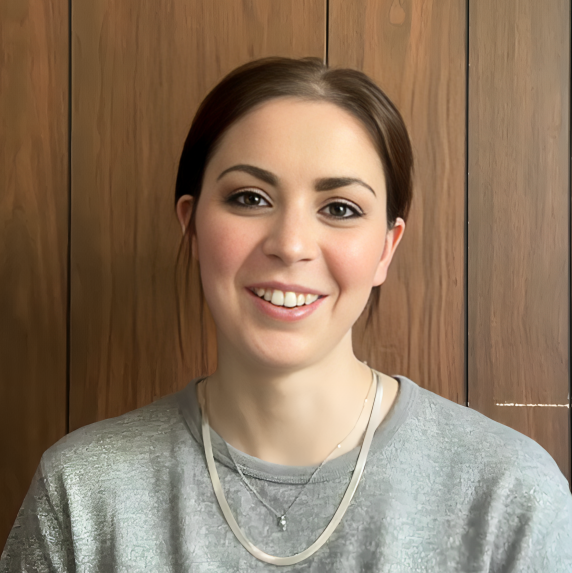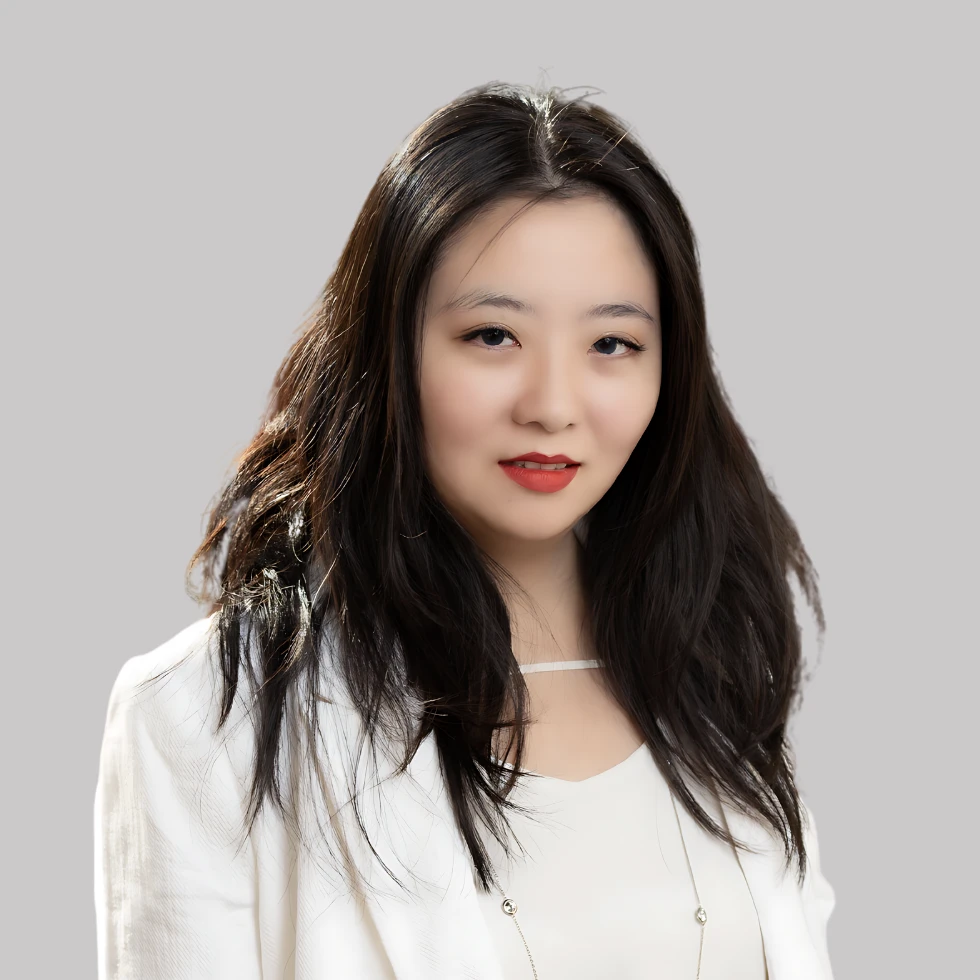Singapore Math is a teaching method from Singapore that emphasizes problem-solving and deep understanding of math concepts. This approach has significantly improved math education in Singapore and is now used worldwide. The article will explore its key principles, benefits, and how it can be implemented.
Key Takeaways
- Singapore Math originated from a need to improve mathematics performance in Singapore, leading to a tailored curriculum that emphasizes problem-solving and conceptual understanding.
- The CPA (Concrete, Pictorial, Abstract) method is central to Singapore Math, facilitating a progressive understanding of mathematical concepts through hands-on and visual learning before moving to abstract representations.
- Implementing Singapore Math presents challenges such as varying student preparedness, but collaboration among educators and proper support can effectively address these issues and enhance educational outcomes.
The Origins of Singapore Math
Before Singapore developed its own math curriculum, the nation ranked in the lower half of countries in mathematics performance. In the early 1980s, Singapore took a decisive step to change this by creating its own mathematics textbooks, transitioning from Singapore imported materials to a tailored approach that better suited their educational goals. This move marked the beginning of a significant transformation in the way mathematics was taught in Singapore.
In the late 1990s, the Ministry of Education in Singapore opened the textbook market to private publishers, allowing for a diverse range of educational resources to be developed and utilized. This initiative spurred innovation and competition among publishers, leading to the creation of high-quality textbooks that further enhanced the learning experience for Singapore students.
The term ‘Singapore Math’ was coined in the U.S. to describe the method based on Singapore’s educational approach. By 2004, over 200 U.S. schools had adopted Singapore Math textbooks, highlighting the effectiveness of Singapore’s educational approach and sparking global interest in its methodologies. Singapore Math has elevated the nation’s educational standards and provided a robust model for other countries to follow.
Today, the Singapore Math approach is celebrated for its focus on problem-solving and conceptual understanding, setting a new benchmark in math education. The journey from a struggling system to a world leader in math education is a testament to Singapore’s commitment to continuous improvement and innovation in education.
Key Principles of Singapore Math
The Singapore Math approach is an evidence-based method that prioritizes mathematical problem-solving. At its core, it incorporates five inter-related components:
- Concepts
- Skills
- Processes
- Attitudes
- Metacognition
These components work together to create a comprehensive framework that not only focuses on understanding mathematical concepts but also on developing students’ concept abilities to think logically and solve problems creatively, mathematically.
Singapore Math emphasizes understanding mathematical concepts through theory and logic rather than rote memorization. Students are encouraged to acquire and apply mathematical skills through non-routine, open-ended, and real-world problems, including mental math. This approach ensures that students are not just learning to solve problems but are also developing a deep understanding of the underlying principles.
Hands-on learning with manipulatives is emphasized to facilitate a deeper understanding of mathematical concepts. The CPA (Concrete, Pictorial, Abstract) method is a key strategy used in Singapore Math to enhance students’ comprehension by transitioning from physical interactions to visual and abstract representations. This layered strategy ensures that learning builds on itself, making complex mathematical concepts more accessible and easier to understand.
The CPA Method: Concrete, Pictorial, Abstract
The CPA method (Concrete, Pictorial, Abstract) is the progressive approach used to teach mathematical concepts in Singapore Math. This method involves a gradual transition through three stages:
- Concrete: Using hands-on materials to introduce concepts.
- Pictorial: Employing visual aids to represent the concepts.
- Abstract: Moving to abstract symbols to enhance understanding.
This progression enhances students’ understanding at each stage.
Let’s delve into each lesson stage to see how they contribute to the overall learning process.
Concrete Stage
In the Concrete Stage, students engage with tangible tools to understand mathematical principles before moving to visual representations. This stage involves interactive activities that allow students to physically manipulate objects such as cubes, blocks, and geometric figures. These hands-on experiences help students build a solid foundation in math by enabling them to visualize and solve problems using physical objects.
Using these manipulatives, students can explore and understand mathematical concepts in a concrete manner, making abstract ideas more relatable and easier to grasp. This stage is crucial for developing a strong base upon which more complex mathematical ideas can be built through practice.
Pictorial Stage
During the Pictorial Stage, students represent mathematical concepts visually, which aids in their understanding of relationships between numbers. This stage involves:
- The use of pictorial representations such as bar models and number bonds
- Abstracting the concrete objects students previously used
- Visualizing the connections between different mathematical concepts and their relationships through these models.
These visual tools are essential for bridging the gap between the concrete and abstract stages, providing a visual framework that supports deeper comprehension and retention of mathematical ideas. Pictorial representations help students to internalize mathematical concepts and prepare them for more advanced problem-solving tasks.
Abstract Stage
The Abstract Stage focuses on the use of numerical symbols and equations, allowing students to express mathematical ideas succinctly. In this stage, learners transition from visual aids to using symbols and formulas to model mathematical concepts and develop number sense through data analysis. This progression helps students develop the ability to think abstractly and solve problems using mathematical notation.
Students are encouraged to reflect on mathematical attributes and relationships, deepening their understanding of the new concepts and concepts they have learned. By mastering the abstract stage, students can apply their knowledge to a wide range of problems, demonstrating their ability to think critically and solve complex mathematical challenges.
Popular Singapore Math Curriculums
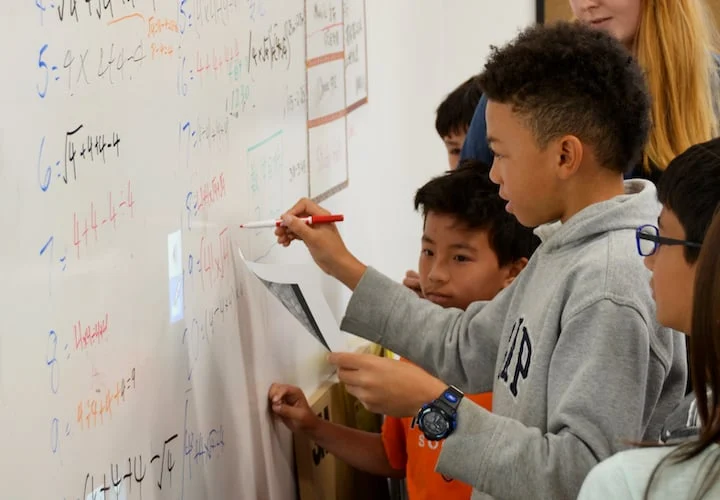
Singapore Math offers several well-regarded curriculums tailored to different educational needs and settings. The three most popular ones are Primary Mathematics, Dimensions Math, and Math in Focus. Each of these programs has unique features that cater to various learning styles and educational standards.
Primary Mathematics
The Primary Mathematics series was first published in 1982 and underwent a significant revision in 1992 to enhance its focus on problem-solving. This math curriculum emphasizes a mastery approach, allowing students to fully grasp mathematical concepts before moving on to new topics. This ensures a deep and thorough understanding of the material, which is crucial for long-term success in mathematics.
Primary Mathematics edition includes probability multiple editions tailored to varying educational standards and requirements, including international mathematics. This flexibility makes it a popular choice for schools and educators seeking to align their teaching with specific educational goals.
Dimensions Math
Dimensions Math is designed for students in grades PK-5 and is considered an improved version of the original Primary Mathematics curriculum. This math program utilizes a strong CPA progression, incorporating concrete, pictorial, and abstract methods to enhance learning. The comprehensive and engaging structure of Dimensions Math supports differentiation, catering to a diverse range of student abilities.
This curriculum is praised for its ability to make complex mathematical concepts accessible and engaging for young learners, setting a strong foundation to teach students for future academic success through a highly effective teaching approach at the california public school curriculum development institute workbook.
Math in Focus
Math in Focus is the U.S. adaptation of Singapore’s mathematics program. It is based on “My Pals are Here!”. This curriculum integrates U.S. educational standards while retaining key aspects of the original Singapore Math methodology. Math in Focus covers grades K to 8 and provides online resources for both students and educators, enhancing the learning experience.
Distributed by Houghton Mifflin Harcourt, Math in Focus is widely adopted in U.S. schools, offering a structured and effective approach to teaching mathematics with an emphasis on teaching.
Benefits of Singapore Math
Singapore’s curriculum initiatives have led to significant improvements in student math performance on global assessments. Singapore students consistently perform at the top of international education rankings, showcasing the effectiveness of their math education system. The Singapore Math curriculum emphasizes logical reasoning and problem-solving skills, contributing to a deep conceptual understanding of mathematics.
Real-life success stories further illustrate the benefits of Singapore Math. For instance, Vishrutha, a third grader, entered the TAG program after a year of Singapore Math classes, even without prior TAG prep materials. Another student, after about six months of Singapore Math tutoring, achieved a perfect score on the STAAR test, leading to emotional celebrations from their parents. These stories highlight how Singapore Math can significantly enhance students’ confidence and academic performance.
Implementing Singapore Math has noticeably increased students’ confidence in their math abilities. A positive attitude towards math is vital as it boosts students’ eagerness to learn and tackle challenging problems. Overall, the Singapore Math approach not only enhances mathematical skills but also fosters a love for learning and problem-solving.
Challenges of Implementing Singapore Math
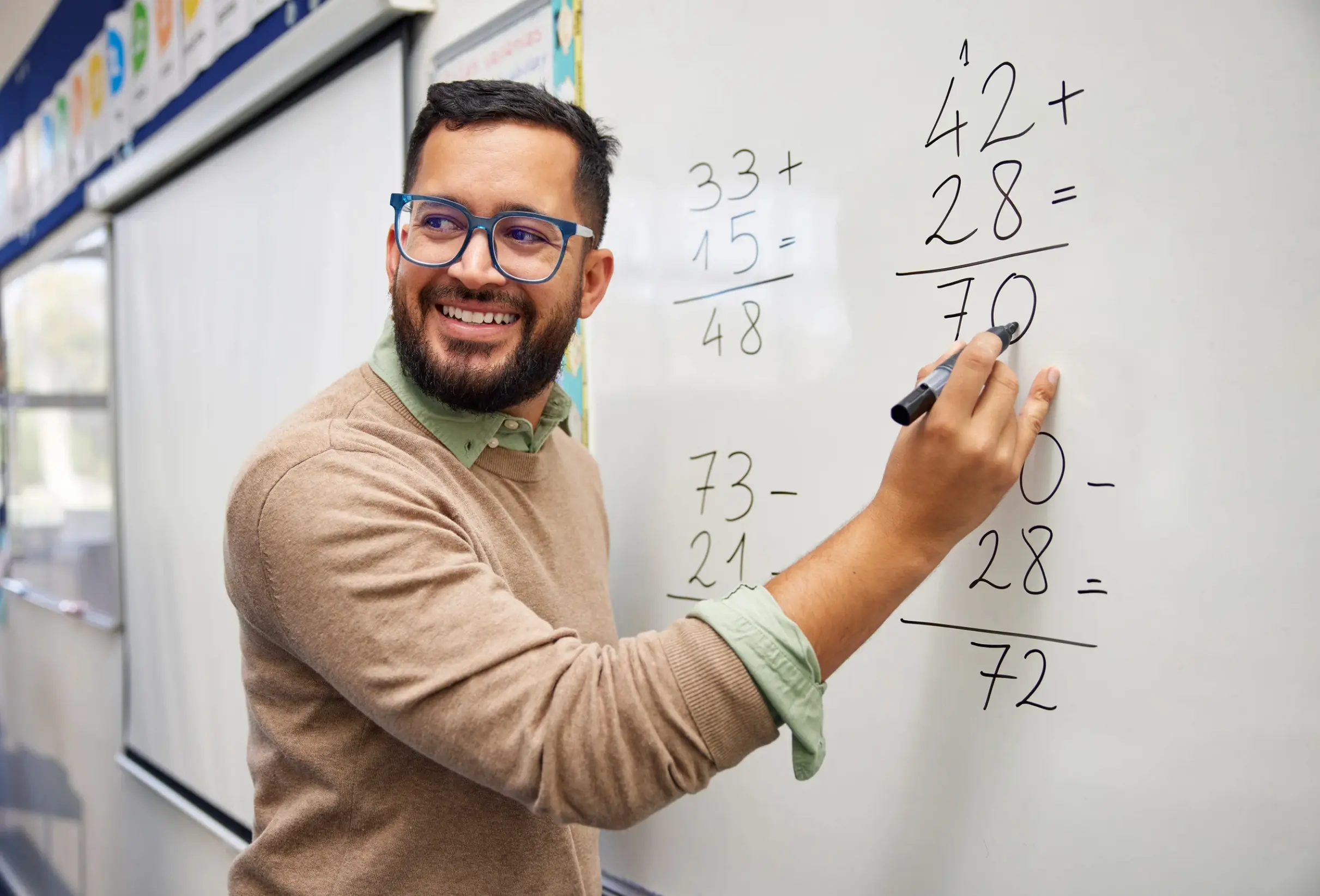
Since the release of high TIMSS rankings, interest in Singapore Math textbooks surged among U.S. educators. However, implementing this math curriculum comes with its own set of challenges. Educators may face difficulties due to varying levels of student preparedness and the need to adapt the curriculum to suit different educational standards. Regular follow-up meetings among educators can help identify and address specific challenges experienced during the implementation of Singapore Math.
Collaboration and sharing successes among teachers can facilitate better adaptation to Singapore Math’s curriculum. Collaborative efforts among educators can lead to strategies that overcome obstacles and ensure a smooth transition to this effective teaching approach. Despite the initial hurdles, the long-term benefits of Singapore Math make it a worthwhile endeavor for schools and educators.
Adequate support and resources for teachers are crucial for the successful implementation of Singapore Math. Proper training and collaboration can help educators overcome challenges and unlock the full potential of this innovative math program.
Selecting the Right Singapore Math Curriculum
Selecting a Singapore Math program requires considering the focus on mastery and the learning process. Sampling the curriculum can help determine if it fits your teaching style and meets your students’ specific needs. The Dimensions Math program offers a comprehensive and engaging learning experience, while Primary Mathematics provides multiple editions tailored to different educational standards.
Students who excel with Singapore Math typically enjoy conceptual problem-solving and visual learning. Understanding the strengths and preferences of your students can guide you in choosing the most suitable math curriculum.
Whether choosing Dimensions Math or Primary Mathematics, the goal is to ensure the program supports diverse learning needs and fosters a deep understanding of mathematical concepts.
Getting Started with Singapore Math
Starting with Singapore Math involves careful planning and assessment. Key points to consider include:
- Placement tests should evaluate both scores and problem-solving approaches.
- It is acceptable for students to begin at a lower grade level if transitioning from a different program.
- These tests are designed to check if students have mastered the material at their current level.
- The goal is to ensure students are placed in the appropriate curriculum.
The recommended time for each placement test is at least one hour, with no time limits. Educators should consider a student’s previous difficulties in math when determining placement. Adequate scaffolding and support are crucial, especially during the initial transition to Singapore Math. This ensures that students do not feel overwhelmed and can gradually adapt to the new teaching methods.
Transitioning to Dimensions Math is more effective when done before Grade 3 for students using different curriculums. Starting early allows students to benefit from Singapore Math’s structured and progressive approach, building a strong foundation for future success.
Real-Life Success Stories
A local school in Singapore reported an increase in student engagement and understanding of math concepts after implementing Singapore Math, with teachers noting significant improvements in classroom participation. This success story highlights how the Singapore Math approach can transform the learning experience and boost student confidence.
One family observed that their child, initially struggling with math, became more confident and capable in solving problems after they started using Singapore Math resources at home. This real-life example demonstrates the positive impact of Singapore Math on students’ attitudes towards learning math and their overall academic performance, leading to proven results.
Another family shared that their son, who had previously been indifferent towards math, transformed into a math enthusiast thanks to the engaging and structured approach of Singapore Math. These success stories illustrate how Singapore Math can inspire a love for learning and help students achieve their full potential.
Summary
In conclusion, Singapore Math is a highly effective teaching approach that emphasizes conceptual understanding, problem-solving skills, and logical reasoning. The CPA method of concrete, pictorial, and abstract stages ensures a comprehensive learning experience that builds a strong foundation in mathematics. With various curriculums like Primary Mathematics, Dimensions Math, and Math in Focus, educators and parents can choose the best fit for their students’ needs.
The success stories and benefits of Singapore Math underscore its potential to transform math education and improve student outcomes. While there are challenges in implementation, collaboration and support among educators can lead to successful adoption. Embrace the Singapore Math approach to unlock your child’s or students’ full potential and foster a lifelong love for learning.










